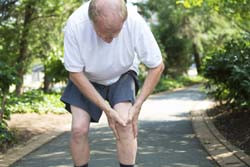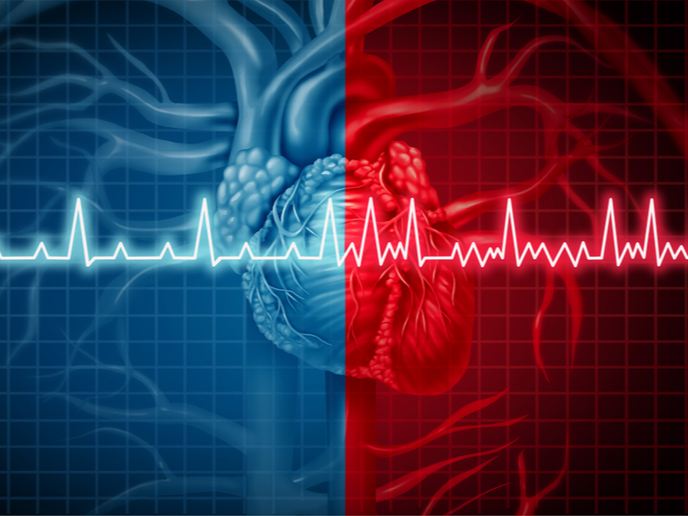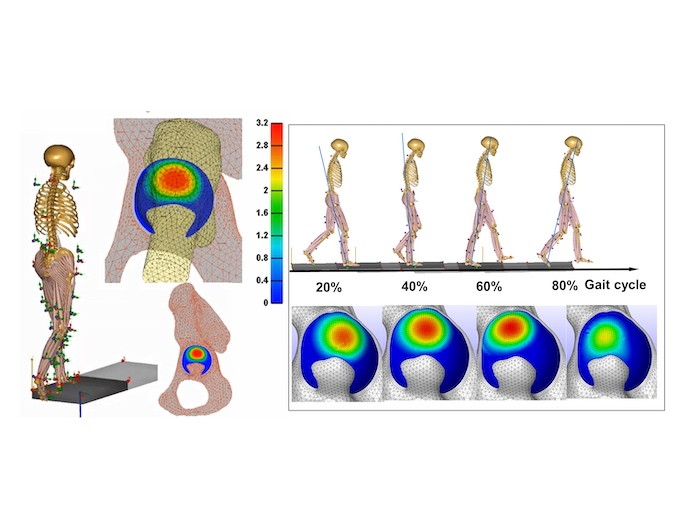Walking style linked to osteoarthritis predisposition
Teams on the project GAIT-2-OA (Can biomechanical measurements of joints predict severity of osteoarthritis?) have recently found that strains of mice prone to OA have increasing difficulty with treadmill tasks as age and OA progress. The researchers devised tests to assess whether asymmetry and imbalance indices could be used to predict treadmill task non-compliance in mice prone to OA development (Str/ort). The researchers compared mice not prone to OA development (CBA mice) with their more unfortunate OA-prone (Str/ort) counterparts. Spatial gait measurements in time included swing, brake, propel and stance times, stride length and frequency, and paw area indices. These parameters were used to calculate a symmetry index and a symmetry ratio between right and left diagonal limbs. They also defined gait moderation index (GMI) as an imbalanced measure between contralateral hind-fore limbs (diagonal limbs). Models were used to assess differences in gait symmetry between CBA and Str/ort mice. Overall, the data suggests that hindlimb asymmetry is more closely related to OA development, but that forelimb asymmetry acts to somewhat temper these hindlimb OA effects. Importantly, the researchers validated the use of capacity for swing stance ratio asymmetry and paw area GMI as early OA markers. Identification of new statistically defined and robust methods of OA detection that are moreover non-invasive may change the direction of OA research. In turn, this may accelerate the development of new therapies.







